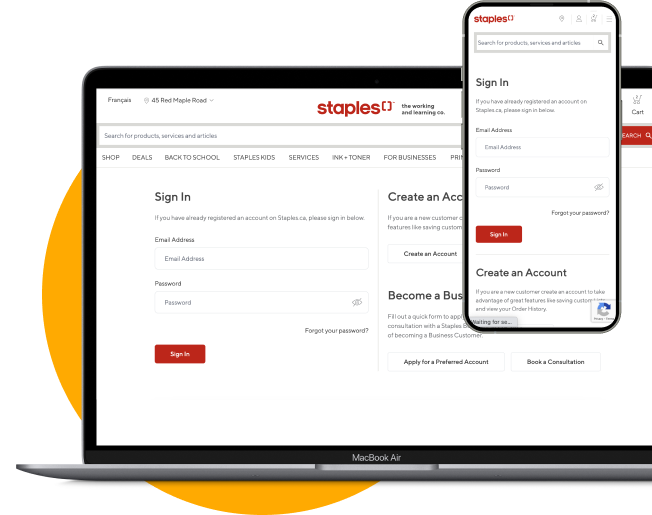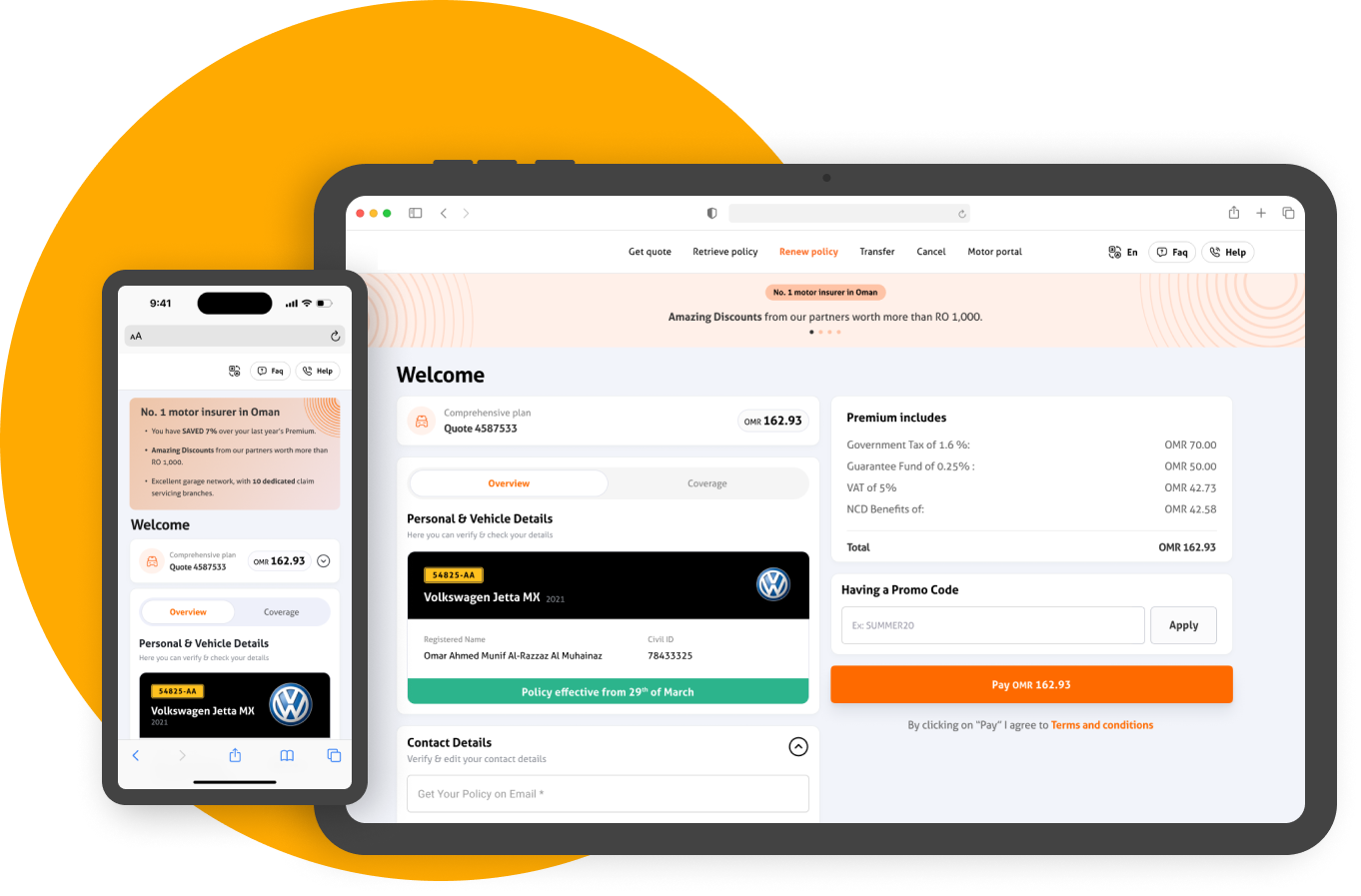In an ideal world, every designer who designs a website/product from scratch is designing by keeping in mind all the heuristic principles. But that isn’t the case every time in the actual world. Not every website or app that exists today is following the 10 principles of heuristics in its true sense.
Generally, if the users find some features on the website vague or confusing, it’s better to step back and carefully re-evaluate your design by conducting a heuristic evaluation.
What is heuristic evaluation?
A heuristic analysis is an evaluation method where one or more UX specialists identify a product’s common usability issues as per defined standards to resolve the problems. This helps in improving the user experience and satisfaction of using a product, making it people’s favorite in no time.
In short, heuristic evaluation is a method for helping UX specialists to evaluate user interface design against the predefined list of usability criteria.
Let’s take a closer look at the 10 usability heuristics in the next section.
Helpful heuristics rules to follow
There are 10 commonly used usability heuristics written by Jakob Nielsen of the Nielsen Norman Group. The 10 standard heuristics which are used while evaluating usability and which he mentioned in his book Usability Engineering was released in 1994.
“ Heuristic evaluation involves having a small set of evaluators examine the interface and judge its compliance with recognized usability principles (the ‘heuristics’). ” — Jakob Nielsen, The Nielsen Norman Group
Jacob Nielsen’s 10 Usability Heuristics

Stated below are Jakob Nielsen’s 10 usability heuristics that one should follow while evaluating their designs for usability.
- Visibility of system status
The design should always keep users informed about what is going on, through appropriate feedback within a reasonable amount of time. - Match between system and the real world
The design should speak the users’ language. Use words, phrases, and concepts familiar to the user, rather than internal jargon. Follow real-world conventions, making information appear in a natural and logical order. - User control and freedom
Users often perform actions by mistake. They need a clearly marked “emergency exit” to leave the unwanted action without having to go through an extended process. - Consistency and standards
Users should not have to wonder whether different words, situations, or actions mean the same thing. Follow platform and industry conventions. - Error prevention
Good error messages are important, but the best designs carefully prevent problems from occurring in the first place. Either eliminate error-prone conditions or check for them and present users with a confirmation option before they commit to the action. - Recognition rather than recall
Minimize the user’s memory load by making elements, actions, and options visible. The user should not have to remember information from one part of the interface to another. - Flexibility and efficiency of use
Shortcuts — hidden from novice users — may speed up the interaction for the expert user such that the design can cater to both inexperienced and experienced users. Allow users to tailor frequent actions. - Aesthetic and minimalist design
Interfaces should not contain information that is irrelevant or rarely needed. Every extra unit of information in an interface competes with the relevant units of information and diminishes their relative visibility. - Help users recognize, diagnose, and recover from errors
Error messages should be expressed in plain language (no error codes), precisely indicate the problem, and constructively suggest a solution. - Help and documentation
It’s best if the system doesn’t need any additional explanation. However, it may be necessary to provide documentation to help users understand how to complete their tasks.
Advantages & disadvantages of heuristics evaluation
However potent these golden rules of usability evaluation may seem, they have their shortcomings as well. Let’s explore the upsides and downsides of this method to gain a more comprehensive understanding of it.
Advantages:
- Uncovers many usability problems which ultimately improves a product’s UX.
- A relatively quick method that helps to identify and fix usability issues.
- It is relatively inexpensive as it doesn’t require much time and can utilize in-house resources.
Disadvantages:
- It requires thorough knowledge and experience to apply the heuristics effectively.
- It is sometimes suggested to use multiple experts and aggregate their findings to get accurate results.
How heuristic evaluation is different from usability testing?

Heuristic evaluation and usability testing are the most widely used techniques in the world of UI and UX design. This is because they are able to identify UX and UI flaws in a website/app/product before it ever reaches its target user. Also, the findings from these processes will assist us to find design flaws at a relatively earlier stage thereby reducing the overall cost of development.
Now let’s have a look at the key differences between these two UX processes:
- Heuristic evaluation is conducted by UX experts having a thorough knowledge of heuristic principles whereas Usability testing is conducted by non-professional, end users having limited knowledge of the UX principles.
- Participants or evaluators just have to identify the flaws and apply the appropriate heuristic to it from the defined list of standard heuristics whereas in usability testing specific tasks are to be performed by the users.
- In heuristic evaluation, evaluators test the whole system in a holistic manner whereas users perform different tasks in a “screen-by-screen” approach in usability testing.
Check out these case studies to see how heuristic evaluation is done in industry projects. Fine Tuxedos UX, SENB Bank — Website redesign.
References:
https://medium.com/r/?url=https%3A%2F%2Fwww.nngroup.com%2Farticles%2Ften-usability-heuristics%2F






















